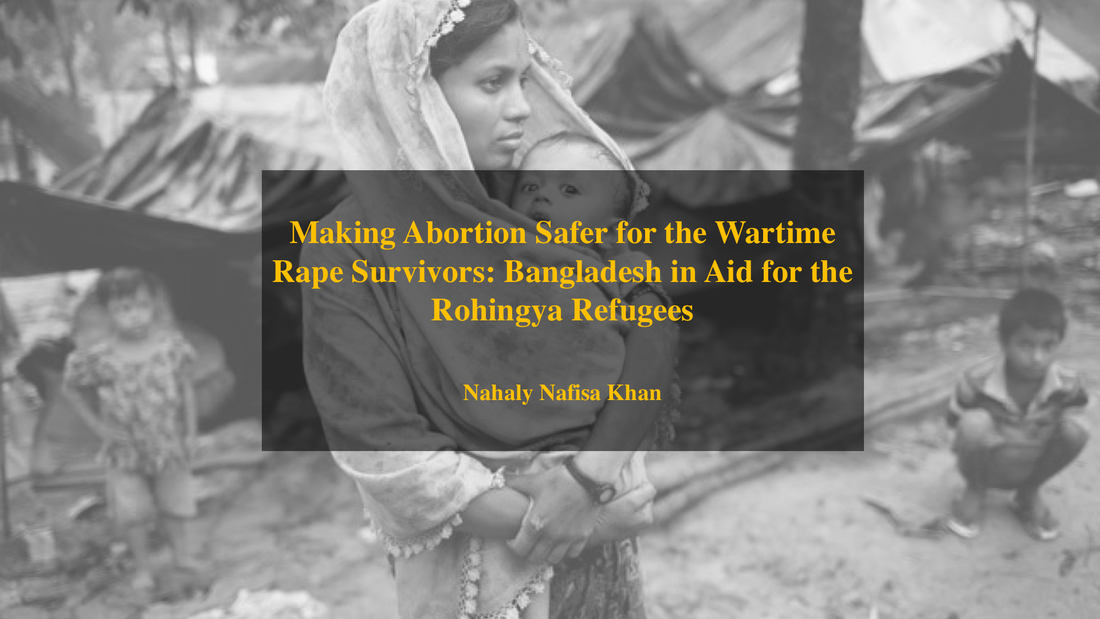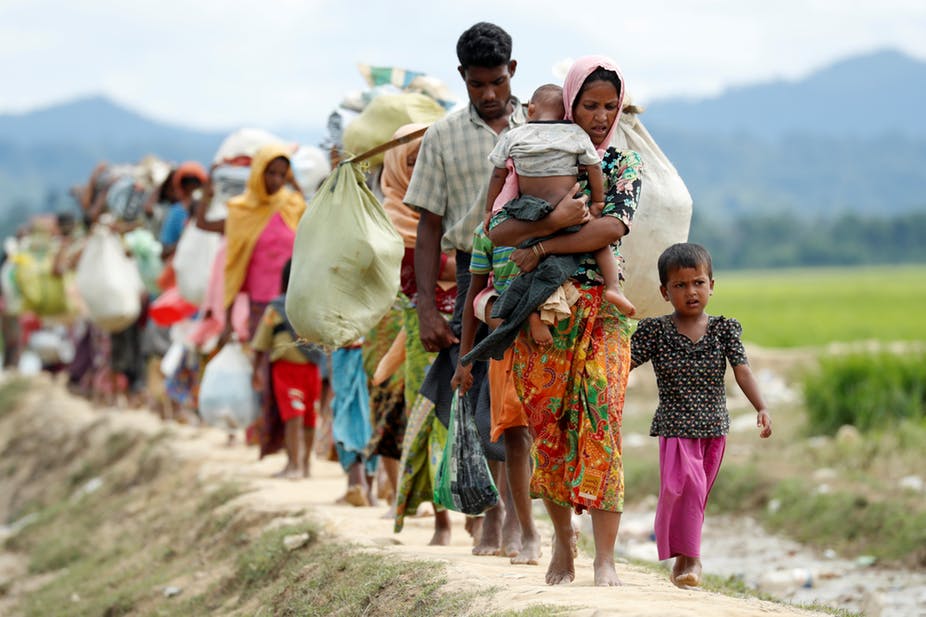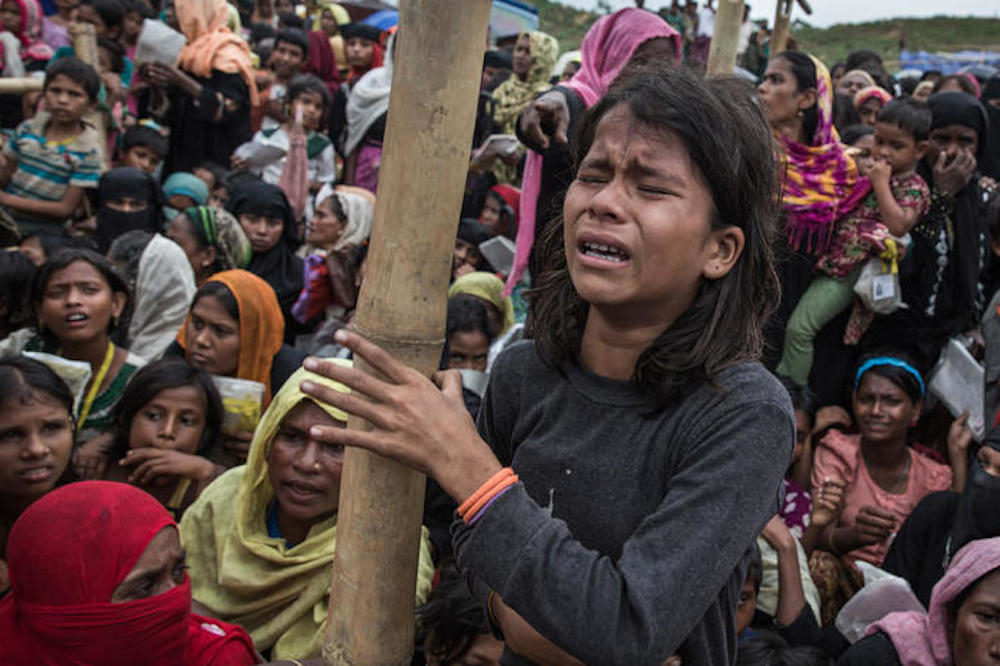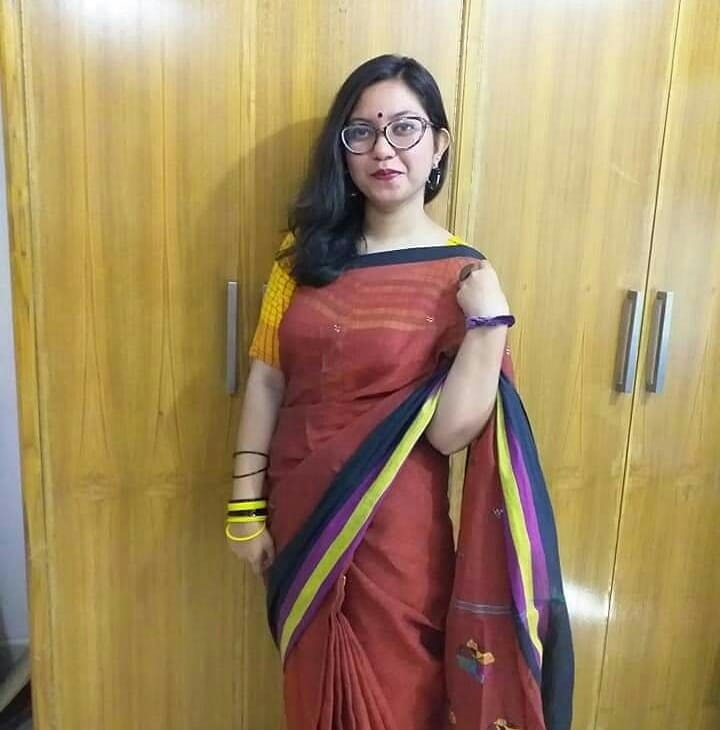ECONOMICS STUDY CENTER, UNIVERSITY OF DHAKA
Making Abortion Safer for the Wartime Rape Survivors: Bangladesh in Aid for the Rohingya Refugees4/24/2019 Nahaly Nafisa Khan December, 1971. A nine-month long war of independence just ended for Bangladesh, resulting in their victory. The people had their own country and the long-awaited independence in exchange of about 3 million martyrs. But there were greater problems ahead. While there were broken infrastructures, homeless families, orphaned children and other socio-economic aspects that needed to be taken care of, there were a huge number of wartime rape victims with unwanted pregnancies as well. Official and unofficial records suggest that around 400,000 women were victims of rape and assault by the Pakistan Military during the war. The ones that survived, had even greater misfortunes ahead. While their physical health deteriorated as a result of months of brutal torture, the Post Traumatic Stress Disorder (PTSD) was also very prominent for obvious reasons. The societal norms of victim shaming prevailed in almost all classes and this resulted in the survivors committing suicides, as well as killing the new-born babies from the pregnancies. Many died by initiating their own abortions. Mother Teresa, with the sisters of her Missionaries of Charity and a group of social workers visited the camps of the rape victims in the late December, 1971. She convinced a lot of them not to go for abortion, as her core Catholic values suggested. Rather, she gave them an option to put their babies for adoption. These babies were adopted by well-off families from Canada, USA and such countries. However, there was resistance from a pro-Islamic group of people as well, as the children were adopted by Christian families. But this was the least of all the problems. Bangabandhu Sheikh Mujibur Rahman, the father of the nation and the first President of the country realized the gravity of the problem and the deep rooted societal mindset behind it. He declared these survivors as war heroines and urged the nation to accept them as they were their own, to shun the culture of victim shaming. However, he had realistic plans of rehabilitating these women as well. Rehabilitation centers were created for these women to get treated and after recovering, get training so that they could earn on their own, without being dependent on anyone. This is when the seeds of the safe abortion services were planted and the process came into effect, for those of the survivors who didn’t want to give birth to their babies. In 1972, the government took off the ban on abortion for the victims of the wartime rape, and teams of foreign doctors were brought in by the International Planned Parenthood Federation. This team was led by Dr. Malcolm Potts. Dr. Potts and his team traveled to different regions of the country for many weeks, going to district hospitals and treating the survivors with complicated and unwanted pregnancies. The group of expert doctors performed the termination of late-stage pregnancies themselves, as these operations required advanced skills, surgical theaters and supportive care. But all the while, they trained the local doctors on this as well. The local doctors were trained on a transformative new device, the manual vacuum aspiration syringe, also known as the M.V.A. This device was introduced by the US Agency for International Development. It aimed at reducing population growths in poor countries. The M.V.A. was ingeniously simple- a plastic hand-held syringe attached to a flexible polyethylene tube or cannula. Places with no electricity, clinical infrastructure and skilled care had easy access to this and a mid-level health-worker could perform the termination of an early-stage pregnancy quickly, safely and with minimal discomfort. Later on, a bill to legalize abortion failed to pass in the Bangladeshi Parliament in 1976. But Bangladesh sanctioned M.R. or menstrual regulation, paving the way for its national rollout in 1979. Its idea was centered on removing the contents of the uterus before a positive pregnancy test. This was billed as a backup to contraceptive failure, without engaging the law. This window of legality helped in forming the public opinion on the procedure, exposing the notion that abortion was a woman’s right. Over the decade that followed, female paramedics, known as “family welfare visitors”, were trained to perform the procedure. The M.V.A. brought revolutionary changes in abortion care and birth control around the world, but it had a deeper significance when it comes to Bangladesh. Its existence made the pragmatic policy and limited legalization possible, not in name, but in practice and without much outburst from the religious fundamentalists. After almost four decades of its independence, Bangladesh was faced with an alarming refugee crisis, as a huge number of Rohingya minorities started taking shelter in this country fleeing from Myanmar to save their lives. The number is close to 750,000 by now, with a great number of wartime rape survivors as well, who were raped and impregnated by the Myanmar Military. This crisis was somewhat similar to the one that Bangladesh faced in 1971, not in numbers, but in the systemic pattern of sexual violence. Again, the safe abortion services were badly needed to respond to the needs of the refugee survivors. Republican administrations withheld aid to the N.G.O.s that supported the implementation of this hugely successful plan, after the Helms Amendment was passed. This amendment prohibited the use of American foreign aid to support abortion services oversees. Yet, Bangladeshi governments kept the program afloat. The equipments and expertise developed over the decades as well. Hence, the humanitarian agencies decided to deliver the M.R. service discreetly to the Rohingya survivors, shortly after their arrival. This project was taken on by Ipas, a nonprofit organization, to oversee the delivery of M.R. to these survivors. It was founded in 1973, to manufacture and distribute the M.V.A.s after the Helms amendment was put into effect. By early October of 2018, Ipas had trained health workers in eight facilities serving the refugee camps. It has since expanded the training to 33, as other groups are joining the effort, making abortion care one of the standard health services available to Rohingya refugees. These groups are now publicly providing abortion services to the Rohingya refugees. Among humanitarian organizations, only Doctors Without Borders has provided safe abortion care as part of a medical response to crises. In a world where safe abortion services are still severely limited or nonexistent in places like Yemen, Iraq, South Sudan and the Democratic Republic of Congo, where severe cases of sexual violence have been recorded, the efforts by Bangladesh to help the Rohingya victims of wartime rape has lessons for the world. Sources: https://archive.thedailystar.net/forum/2013/January/victory.htm https://www.nytimes.com/2018/12/28/opinion/rohingya-bangladesh-abortion.html?smid=fb-nytopinion&smtyp=cur&fbclid=IwAR0GqqM4wdtNbxPAo79ebkXWdFAEl_fYdGvAc1KsvWj2j7wYlTk3qfOTlgU
0 Comments
Leave a Reply. |
Send your articles to: |




